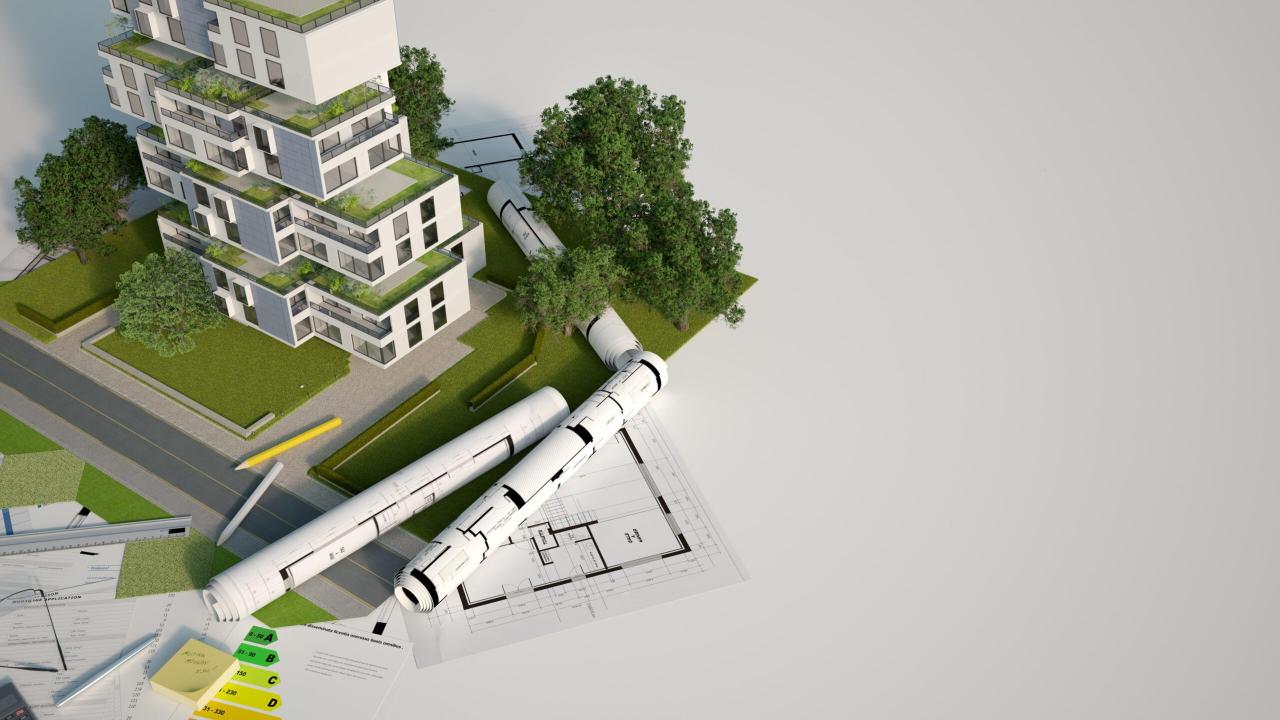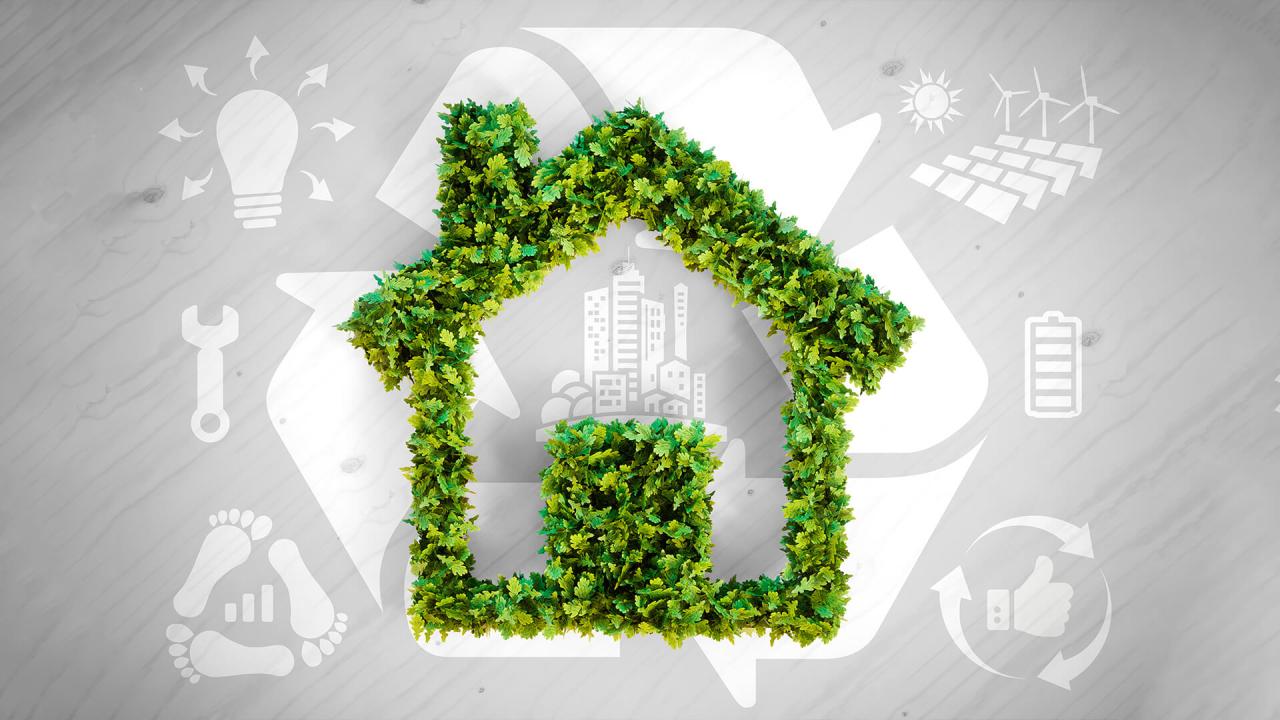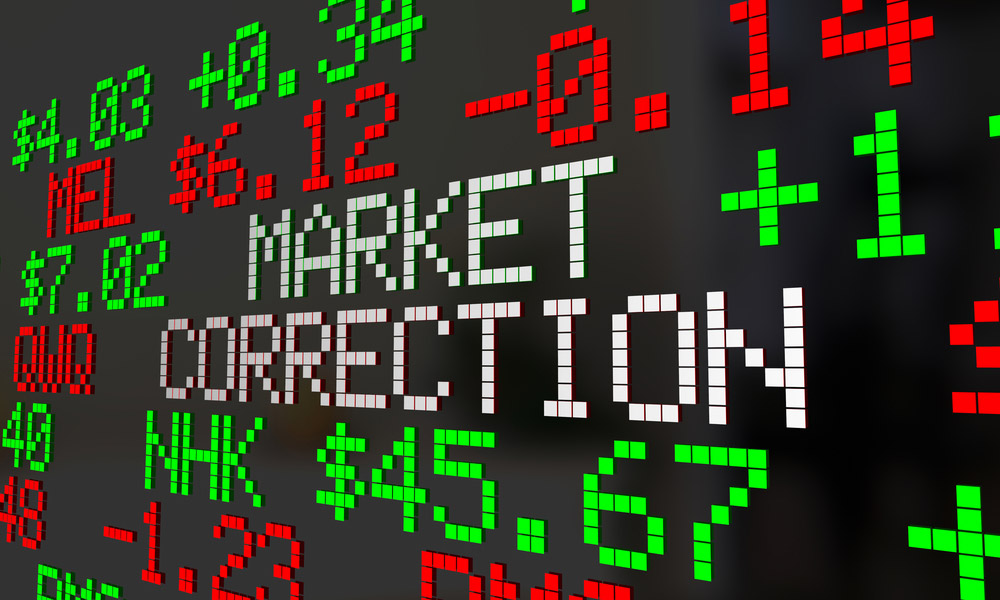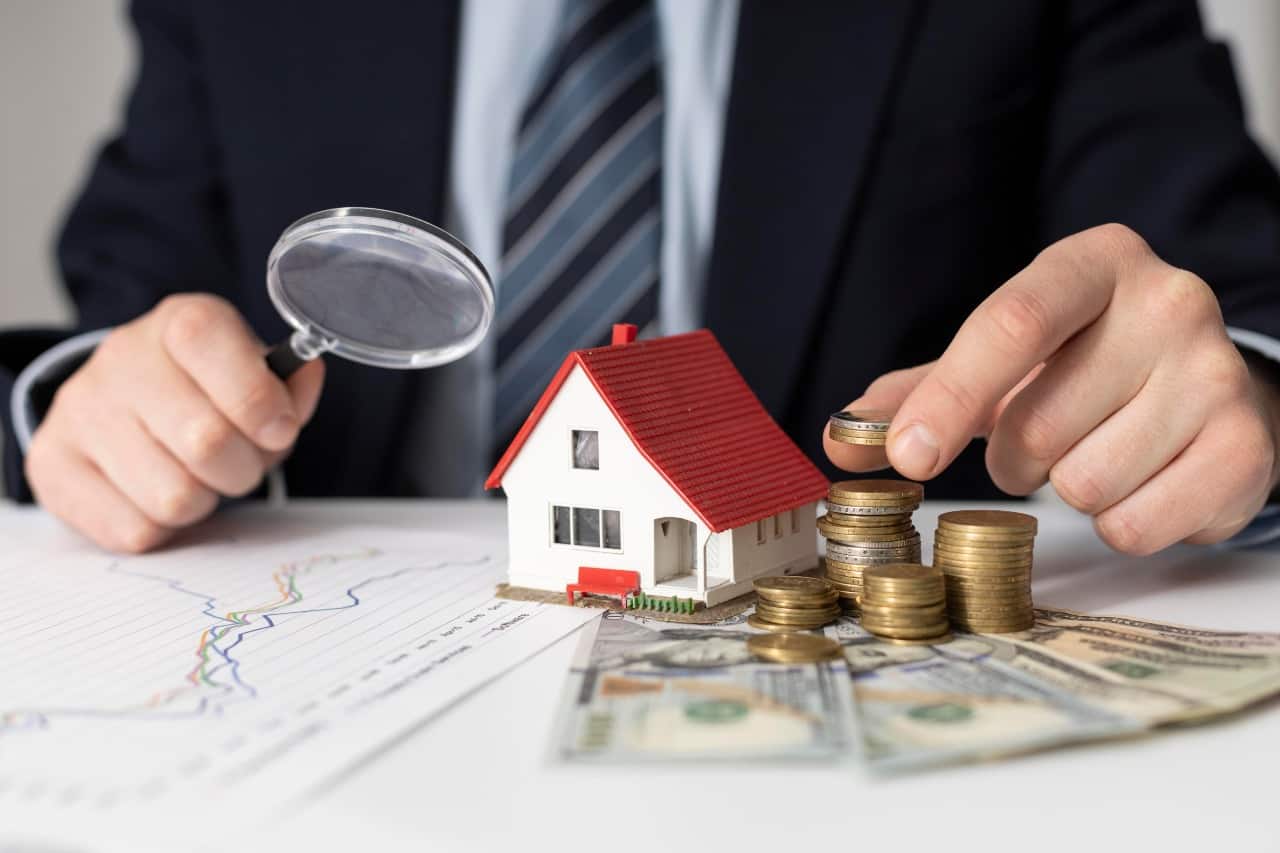The construction industry, historically a significant contributor to environmental impact, is undergoing a profound and necessary transformation. The rise of eco-friendly building practices, often termed green building or sustainable construction, is no longer a niche trend but a rapidly gaining mainstream imperative. Driven by growing environmental awareness, stricter regulations, technological advancements, and compelling economic benefits, the shift towards constructing healthier, more resource-efficient structures is undeniable. For developers, homeowners, investors, and policymakers, understanding the multifaceted advantages and evolving methodologies of eco-friendly building is crucial for navigating the future of real estate. This comprehensive article delves into why sustainable construction is gaining immense traction, exploring its core principles, the tangible benefits it offers, and the innovative approaches defining its ascent.
The Impetus for Green Building

The surge in eco-friendly building stems from a confluence of global challenges and a growing understanding of the long-term benefits derived from sustainable practices.
A. Environmental Imperatives and Climate Change
- Reducing Carbon Footprint: The construction and operation of buildings account for a substantial portion of global greenhouse gas emissions. Eco-friendly building aims to drastically reduce this by optimizing energy efficiency, utilizing renewable energy sources, and employing low-carbon materials. This is a direct response to the urgent need for climate change mitigation.
- Resource Depletion: Traditional construction consumes vast quantities of raw materials, many of which are finite. Green building emphasizes the use of recycled, renewable, and locally sourced materials, minimizing waste and conserving natural resources.
- Water Scarcity: Buildings are significant water consumers. Sustainable practices incorporate water-efficient fixtures, rainwater harvesting, and greywater recycling systems to conserve this increasingly precious resource, especially in water-stressed regions.
- Pollution Reduction: Construction processes can generate considerable air and water pollution. Eco-friendly building adopts measures to reduce dust, chemical runoff, and indoor air pollutants, leading to healthier environments for both construction workers and future occupants.
- Biodiversity Protection: Sustainable site selection and development practices aim to minimize disruption to local ecosystems and preserve biodiversity, often incorporating green spaces and natural landscaping.
B. Economic Benefits and Long-Term Value
- Lower Operating Costs: Perhaps the most tangible financial benefit for building owners is the significant reduction in utility bills. Energy-efficient designs, superior insulation, and smart energy management systems drastically cut down electricity and heating/cooling costs over the lifespan of the building.
- Increased Property Value and ROI: Green-certified buildings often command higher rents, sales prices, and occupancy rates compared to conventional structures. Their lower operating costs and enhanced appeal make them more attractive to tenants and buyers, leading to higher returns on investment.
- Tax Incentives and Rebates: Many governments and local authorities offer financial incentives, tax breaks, and rebates for green building construction, making the initial investment more palatable and boosting profitability.
- Reduced Waste Disposal Costs: Efficient construction practices and material reuse/recycling lead to less waste, thereby lowering disposal fees and minimizing landfill contributions.
- Enhanced Productivity and Health: Healthier indoor environments (better air quality, natural light) in green buildings have been shown to improve occupant comfort, reduce absenteeism in workplaces, and boost productivity, translating to economic gains for businesses.
C. Regulatory Pressures and Market Demand
- Stricter Building Codes: Governments worldwide are implementing more stringent energy efficiency standards and green building codes, making sustainable practices a regulatory necessity rather than just an option.
- Corporate Sustainability Goals: Many corporations have ambitious sustainability targets, influencing their choice of office spaces and encouraging the development of green commercial buildings. This corporate demand is a powerful market driver.
- Growing Consumer Preference: A rapidly increasing segment of homebuyers and tenants are actively seeking eco-friendly properties due to environmental consciousness, desire for lower utility bills, and health concerns. This consumer demand is forcing developers to adapt.
- Investor Pressure: Environmental, Social, and Governance (ESG) criteria are becoming central to investment decisions. Investors are increasingly favoring companies and projects with strong sustainability credentials, including green real estate portfolios.
Core Principles and Methodologies of Eco-Friendly Building

Eco-friendly building is not a single technology but a holistic approach encompassing several interconnected principles applied throughout the building lifecycle, from design to demolition.
A. Sustainable Site Selection and Planning
- Minimizing Site Disturbance: Choosing sites that avoid sensitive ecosystems, prime agricultural land, or floodplains is crucial. The goal is to minimize disruption to the natural environment during construction.
- Optimizing Orientation: Strategic placement and orientation of buildings to maximize natural light and ventilation, and minimize solar heat gain (in hot climates) or maximize it (in cold climates), are fundamental for energy efficiency.
- Local Amenities and Transit Access: Selecting sites near existing infrastructure, public transportation, and community amenities reduces the need for personal vehicles, thereby lowering transportation-related emissions.
- Stormwater Management: Implementing permeable surfaces, rain gardens, and bioretention systems helps manage stormwater runoff, reduce pollution, and replenish groundwater.
B. Energy Efficiency and Renewable Energy
- High-Performance Envelopes: Superior insulation (walls, roofs, floors), high-performance windows (double or triple glazing), and air-tight construction minimize heat loss in winter and heat gain in summer, drastically reducing heating and cooling loads.
- Efficient HVAC Systems: Using highly efficient heating, ventilation, and air conditioning systems, often coupled with smart controls and energy recovery ventilators, optimizes indoor climate while minimizing energy consumption.
- Passive Design Strategies: Leveraging natural forces through passive solar heating, natural ventilation (cross-ventilation, stack effect), and strategic shading (overhangs, louvers) can significantly reduce reliance on mechanical systems.
- On-Site Renewable Energy Generation: Integrating solar photovoltaic (PV) panels, geothermal heat pumps, or small-scale wind turbines on-site allows buildings to generate their own clean energy, moving towards net-zero or even energy-positive status.
- Smart Energy Management: Building Management Systems (BMS) and smart technologies use sensors and data analytics to monitor and control energy consumption in real-time, optimizing performance and identifying inefficiencies.
C. Water Conservation and Management
- Water-Efficient Fixtures: Installing low-flow toilets, showerheads, and faucets significantly reduces indoor water consumption.
- Rainwater Harvesting: Collecting and storing rainwater for non-potable uses like irrigation, toilet flushing, or even laundry, reduces reliance on municipal water supplies.
- Greywater Recycling: Treating and reusing greywater (from sinks, showers, laundry) for irrigation or toilet flushing further conserves potable water.
- Drought-Tolerant Landscaping: Using native, drought-resistant plants in landscaping reduces the need for irrigation, minimizing outdoor water use.
D. Material Selection and Resource Efficiency
- Recycled Content Materials: Prioritizing materials with high recycled content (e.g., recycled steel, glass, plastics, reclaimed wood) reduces demand for virgin resources and minimizes landfill waste.
- Renewable and Rapidly Renewable Materials: Utilizing materials that can be quickly replenished (e.g., bamboo, cork, straw bales) or sustainably harvested wood reduces environmental impact.
- Locally Sourced Materials: Sourcing materials from nearby regions reduces transportation costs and embodied energy (the energy consumed in the production and transport of materials), supporting local economies.
- Low-Emitting Materials: Choosing materials with low Volatile Organic Compound (VOC) emissions improves indoor air quality, protecting occupant health.
- Waste Management and Diversion: Implementing comprehensive waste management plans during construction, focusing on recycling and reusing construction debris, significantly reduces landfill waste.
E. Indoor Environmental Quality (IEQ)
- Enhanced Ventilation: Designing systems that bring in ample fresh outdoor air and efficiently remove indoor pollutants ensures healthier breathing environments.
- Thermal Comfort: Optimizing temperature, humidity, and airflow to ensure occupant comfort, which directly impacts well-being and productivity.
- Daylighting and Views: Maximizing natural light penetration reduces reliance on artificial lighting and provides occupants with views to the outdoors, improving mood and productivity.
- Acoustic Comfort: Designing spaces with good acoustic properties minimizes noise pollution, creating quieter and more comfortable indoor environments.
Impacts and Benefits of Eco-Friendly Building Gains
The growing adoption of eco-friendly building is yielding transformative impacts across various sectors, demonstrating its multifaceted value.
A. Environmental Impact Reduction
- Significant Energy Savings: Green buildings consistently demonstrate lower energy consumption compared to conventional buildings, leading to reduced fossil fuel reliance and lower greenhouse gas emissions.
- Reduced Water Footprint: Through various conservation strategies, green buildings use significantly less water, mitigating strain on local water supplies and ecosystems.
- Minimized Waste Generation: Construction and demolition waste is drastically reduced through recycling, reuse, and efficient material selection, lessening the burden on landfills.
- Improved Local Ecosystems: Sustainable site development and the integration of green infrastructure can enhance local biodiversity, improve air and water quality, and mitigate urban heat island effects.
B. Economic Benefits and Market Shift
- Increased Market Value and Demand: Green-certified properties are becoming increasingly desirable, commanding higher prices and attracting more tenants/buyers, indicating a clear market shift towards sustainability.
- Long-Term Cost Savings: The cumulative savings from lower utility bills, reduced maintenance, and potentially lower insurance premiums translate into significant long-term financial benefits for owners.
- Job Creation in Green Industries: The growth of eco-friendly building is stimulating job creation in new sectors, including green material manufacturing, renewable energy installation, sustainable design, and energy auditing.
- Enhanced Corporate Reputation: Companies that invest in or occupy green buildings often gain a positive public image, enhancing their brand and attracting environmentally conscious customers and talent.
C. Health and Well-being Enhancement
- Improved Occupant Health: Better indoor air quality, ample natural light, and thermal comfort in green buildings contribute to fewer respiratory issues, reduced stress, and overall improved physical and mental well-being for occupants.
- Increased Productivity: Studies have shown that employees in green office buildings experience higher levels of productivity and reduced absenteeism due to healthier and more comfortable working environments.
- Enhanced Learning Environments: Green schools, with their improved air quality and natural light, have been linked to better academic performance and fewer health complaints among students and teachers.
Challenges and Future Outlook for Green Building
Despite significant gains, the path to widespread eco-friendly building still faces hurdles, but the future trajectory is clear.
A. Challenges
- Perceived Higher Upfront Costs: While long-term savings are significant, the initial investment for some green technologies and high-performance materials can be perceived as higher than conventional methods, deterring some developers.
- Lack of Awareness and Expertise: A persistent challenge is the lack of widespread knowledge and specialized expertise among some builders, contractors, and even real estate agents regarding green building techniques and benefits.
- Supply Chain Limitations: In some regions, the availability of certain specialized green materials or technologies may still be limited, impacting scalability and cost-effectiveness.
- Regulatory Inconsistencies: While some areas have strong green building codes, inconsistencies across jurisdictions can create complexity and barriers for large-scale developers operating in multiple regions.
- Valuation and Appraisal Issues: Accurately valuing the “green premium” of sustainable buildings can sometimes be challenging for appraisers who are accustomed to conventional valuation methods, potentially impacting financing.
B. Future Outlook and Opportunities
- Mainstream Adoption: Eco-friendly building will continue its rapid shift from niche to standard practice, driven by regulations, market demand, and proven financial returns.
- Net-Zero and Energy-Positive Buildings: The goal of constructing buildings that produce as much energy as they consume (net-zero) or even more (energy-positive) will become increasingly common, propelled by technological advancements in renewables and energy storage.
- Circular Economy in Construction: The industry will increasingly adopt circular economy principles, focusing on designing for deconstruction, maximizing material reuse, and minimizing waste throughout the entire building lifecycle.
- Integration of Smart Technology: Smart building technologies and IoT will become even more integrated with green building strategies, enabling real-time performance monitoring, predictive maintenance, and optimized resource management.
- Focus on Embodied Carbon: Greater emphasis will be placed on reducing “embodied carbon” – the greenhouse gas emissions associated with the extraction, manufacturing, transport, and assembly of building materials – through innovative low-carbon materials and construction processes.
- Regenerative Design: The ultimate goal will move beyond simply minimizing harm to creating “regenerative buildings” that actively improve the environment, enhance ecosystems, and positively impact human well-being.
Conclusion
The undeniable gains of eco-friendly building are reshaping the real estate and construction industries at an unprecedented pace. Fueled by urgent environmental imperatives, compelling economic benefits, and evolving consumer and regulatory demands, sustainable construction is proving to be a wise investment for all stakeholders. While challenges remain, the innovative methodologies and dedicated efforts to create more resource-efficient, healthy, and resilient structures are steadily paving the way for a greener built environment. Embracing these eco-friendly practices is not merely an option but a fundamental requirement for building a sustainable future, where our homes and cities actively contribute to the well-being of both people and the planet.













